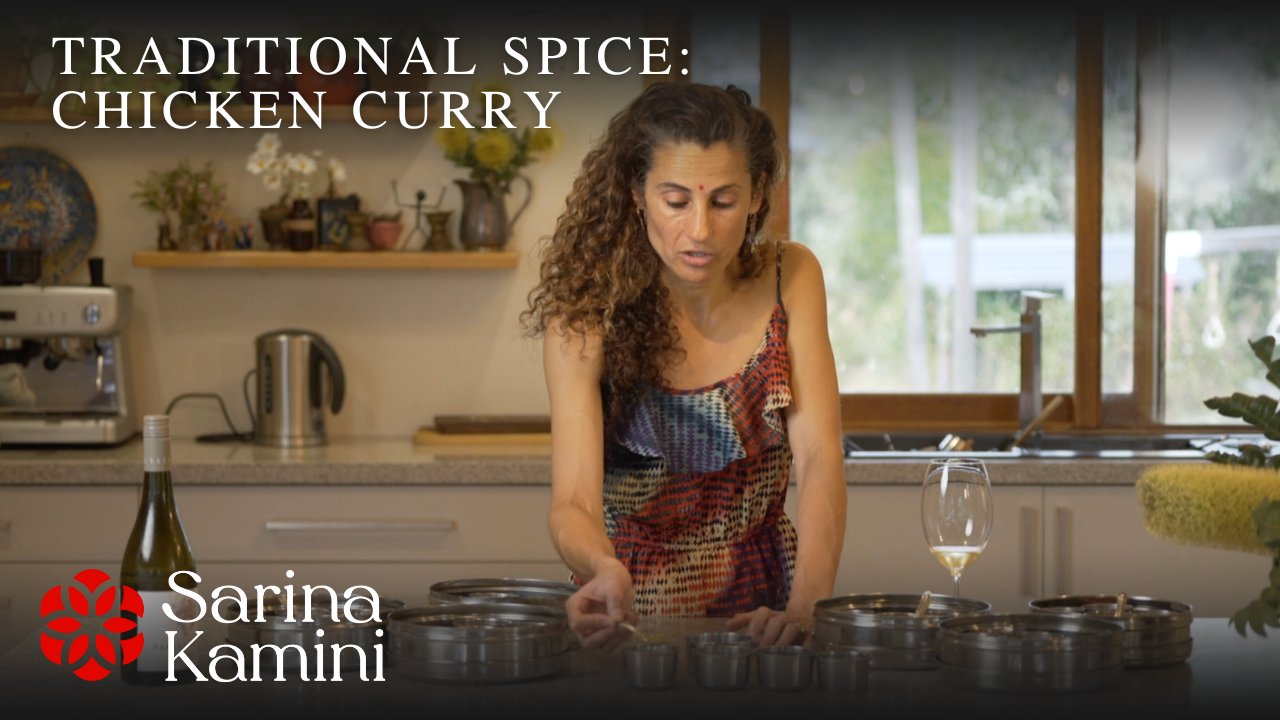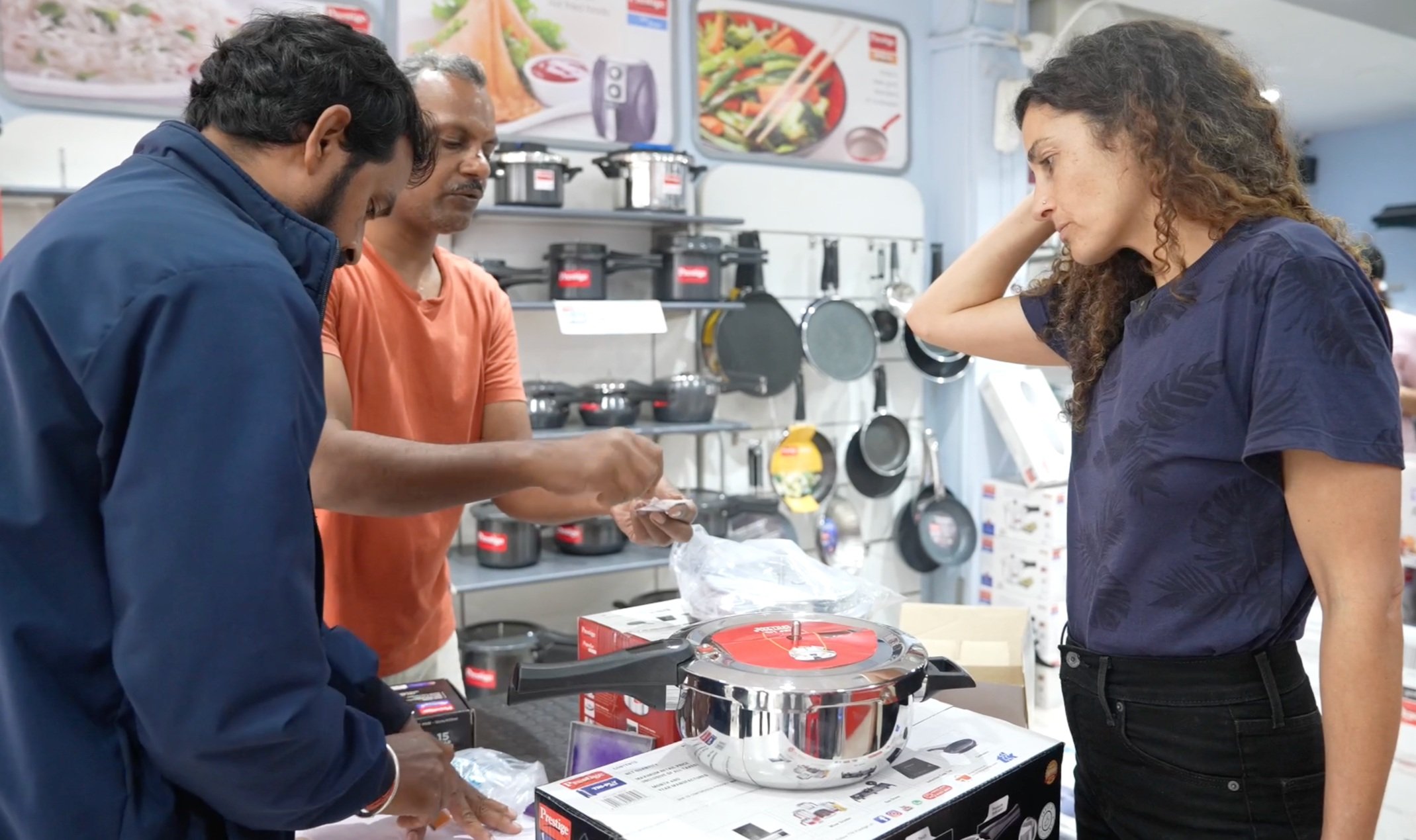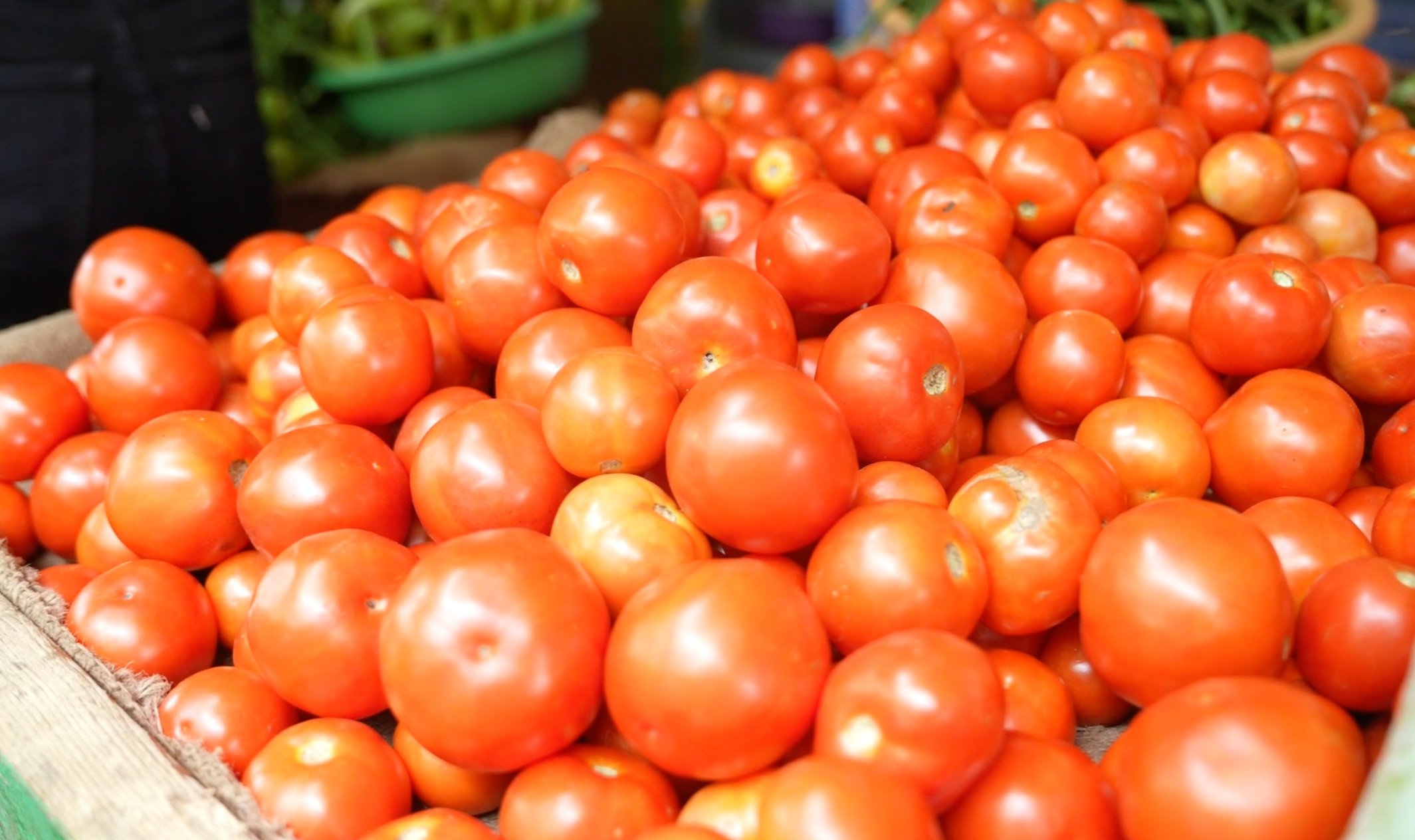CHICKEN CURRY
CHICKEN CURRY

MAKE OUR MOST POPULAR CHICKEN CURRY RECIPE.
An Indian chicken curry recipe that isn’t heavy. A few techniques used in this video show how you can make a beautiful and rich chicken curry that is simultaneously light and delicious, perfect to eat on hotter summer nights. Maybe the best thing about this dish is that the lighter browning process results in a much quicker cooking time. Faster to get it to the table and onto your thali!
Find out the best tips to cooking chicken curry >
RECIPE DETAILS
Serves: 4
Cooking time: 90 minutes.
Dietary Style: Gluten Free. Dairy Free (replace the whey with vegetable stock).
INGREDIENTS
FOR THE KADAI
- 1/4 cup vegetable oil
- 1/4 cup cold pressed canola oil
- 2 tbsp mustard oil
- 1 tsp fine white sea salt
- 1/2 tsp flaked white salt
- 1/3 tsp kala namak (Indian black salt)
- 1 cinnamon quill
- 2 bay leaves
- 2 black cardamom pods
- 1/2 tsp asafoetida powder
- 3 chicken Maryland
TO MAKE THE BROWNING LIQUID
- 1 cup whey
- 1/4 tsp fine white salt
- 1/3 tsp hot red chilli powder
- 1/3 tsp fenugreek powder
- 1/4 tsp fine pink salt
THE MAIN MASALA... INTO THE PRESSURE COOKER
- 1 tsp nigella seed
- 3 tsp coriander powder
- 1 tsp cumin powder
- 1 tsp Kashmiri chilli powder
- 2 tbsp kasoori methi (fenugreek leaf)
- 1/4 cup passata
- 2 cups peas
METHOD
How to make our lighter style chicken curry recipe.
STEP 1
In a large kadai, heavy bottomed pot, or heavy wok on high heat, heat all three oils with the first three salts on the ingredient list, the cinnamon quill, bay leaf, black cardamom pods, and asafoetida.
Once the oil is hot and the spice is fragrant, add in the chicken Maryland pieces. In the video you can see how I wait for the chicken to catch and brown a little before turning it over. You don’t want to be stir frying these spices, but neither do you want them to sit and burn. It’s a little bit of vigilance to get this browning process right. Continue for about 15 to 20 minutes on high heat, or until you can see the skin of the chicken has browned and the oil is becoming rich with chicken fat and umami character. A taste test of the spiced oil is a good idea at this point.
STEP 2
While the chicken is browning, season your whey with fine white salt, chilli and fenugreek. If you don’t have whey on hand, you can use buttermilk. In lieu of buttermilk, try a fragrant vegetable stock. A chicken stock is also useable but will make the dish a little heavier. In this recipe, I add the whey to the pressure cooker before undertaking the final cook. In other recipes I use the seasoned whey to continue the browning process. You can do either.
STEP 3
Once the 20 minute browning process is complete, move the chicken pieces over to your pressure cooker along with the whole spices. Tip in a cup of the residual browning oil to add rich layers of flavour. Tip in the whey mixture along with the rest of the spices listed in the ingredient list (from fine pink salt downward). Add the passata and the peas. Seal the pressure cooker and return it to the stovetop and a high heat.
STEP 4
In terms of cooking time, my pressure cooker takes around 35 minutes to cook this well. A stronger pressure cooker would take less time. Know your equipment. As a general rule, a pressure cooker is kept on high heat until it whistles once or twice. I time from this point. I then turn it down to a medium-low heat and let it putter along until the cooking is finished. Allowing the pressure cooker to de-pressurise on its own (not releasing the steam) will result in a more tender and fragrant end result.
Keep it simple and serve with rice.
TOP TIPS
MAKING CHICKEN CURRY
Do I have to use a pressure cooker?
Using a pressure cooker will make the cook faster. If you don’t have a pressure cooker, then best to use a slow cooker or a heavy-based pot or crock pot that you can set on a low heat and cook for 2 to 2.5 hours to attain a similar tenderness.
What if I like using skinless chicken?
You can. The benefit in this curry of using chicken Maryland pieces with the skin and bone means we can lessen the browning process and lighten the masala and still have a very delicious chicken curry that is rich but not heavy. Using skinless and boneless chicken will lighten the curry further.
Why does less browning make the curry lighter?
Browning meat for an Indian regional curry is part of the technique of building a rich tension and taste into the protein that will result in more complex spice expression. In food, aromatic complexity equals weight. Less browning creates a domino effect of expression where the end dish less rich and sits a little lighter.
Which cut of chicken should I use to make curry?
It depends on the curry. Sometimes a recipe calls for skinless and boneless cuts, like this recipe for coriander chicken. Other times I will use chicken thighs with the skin on but bone removed. Still others, cuts like this Maryland cut. The best bet is to follow the recipe suggestion: it will have been written with a certain cut in mind.



